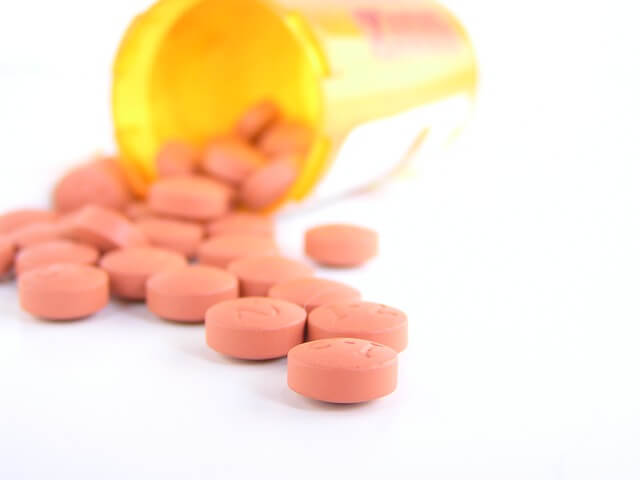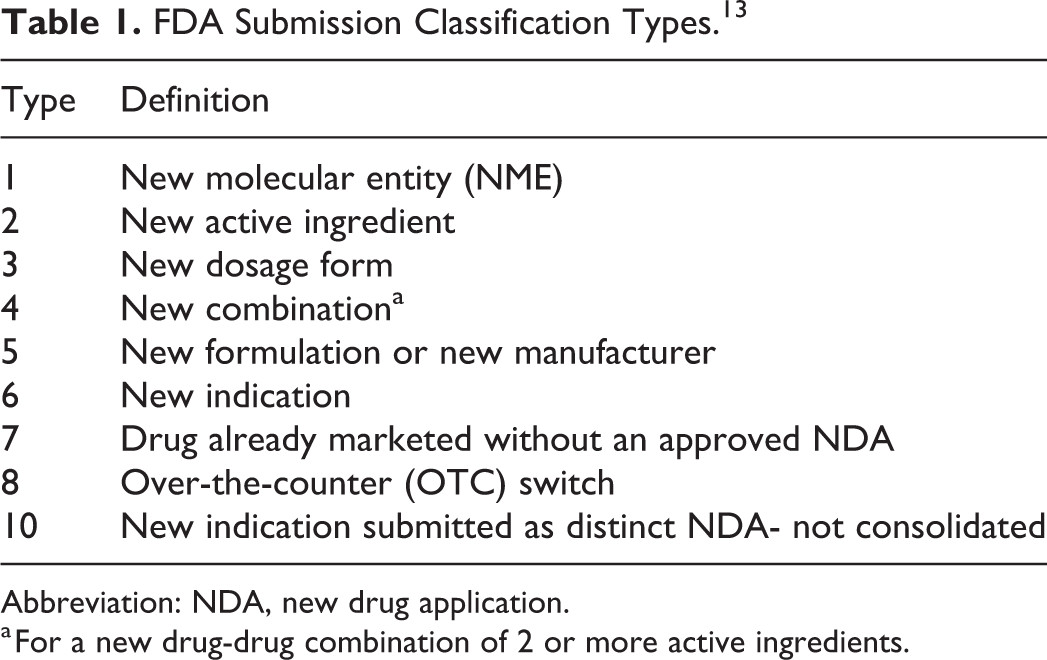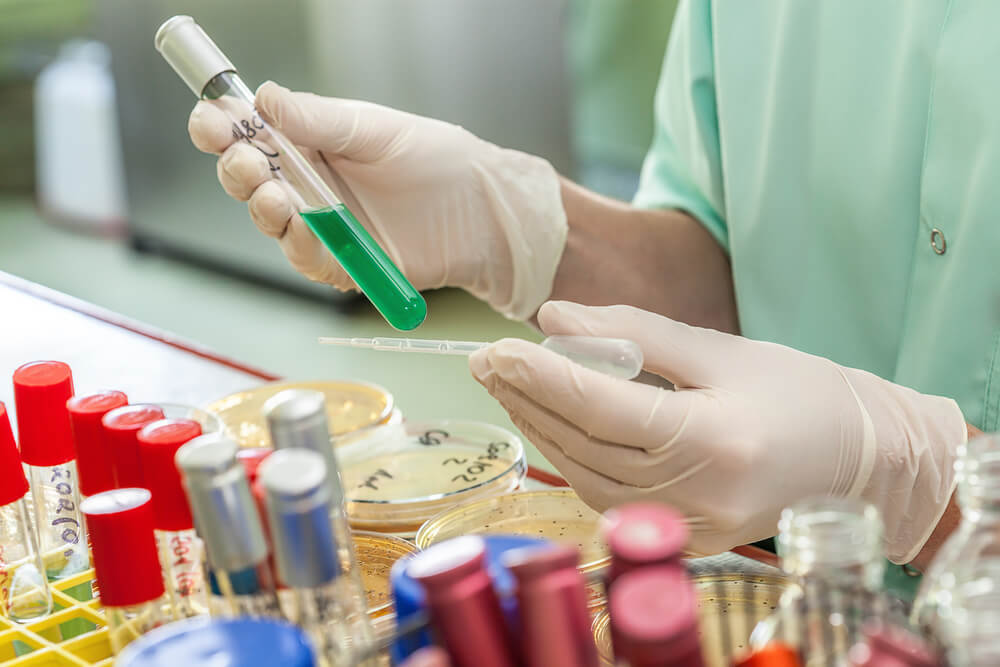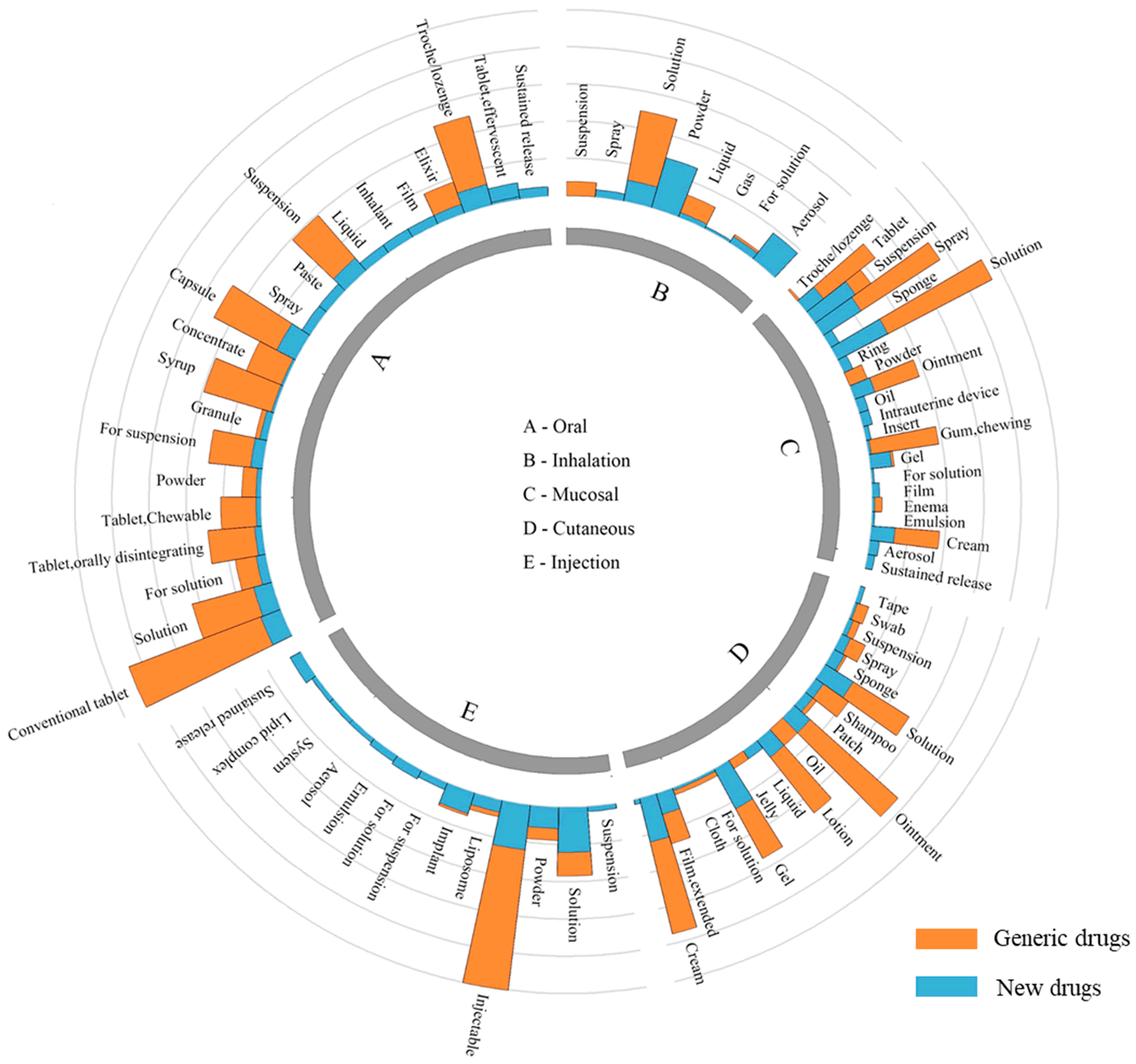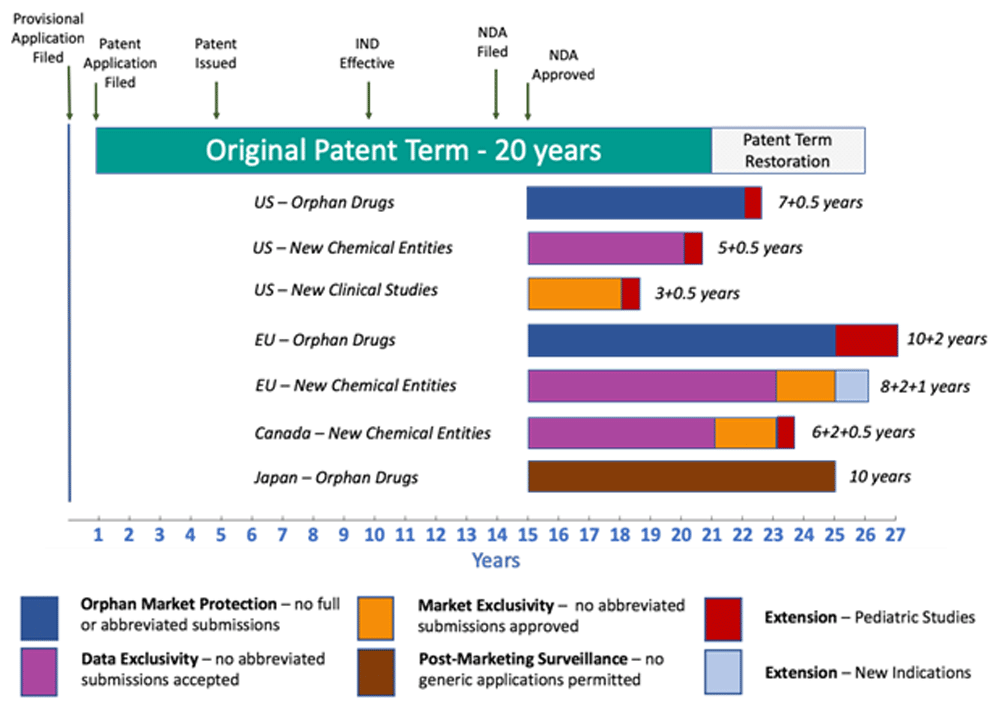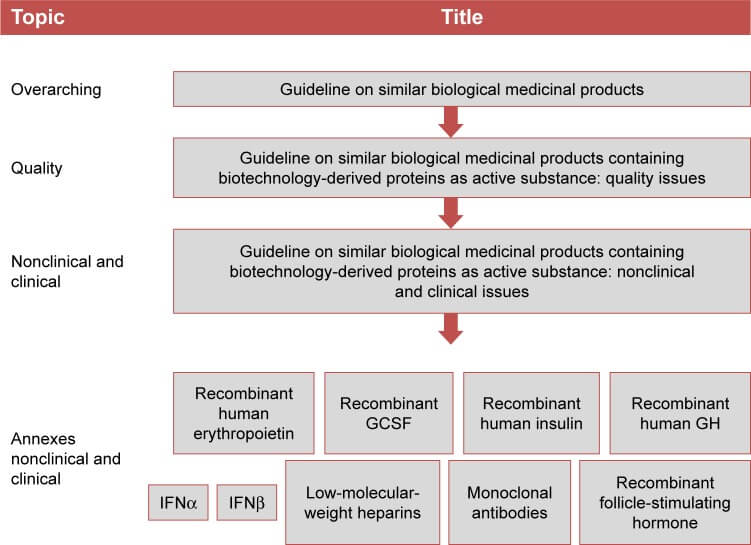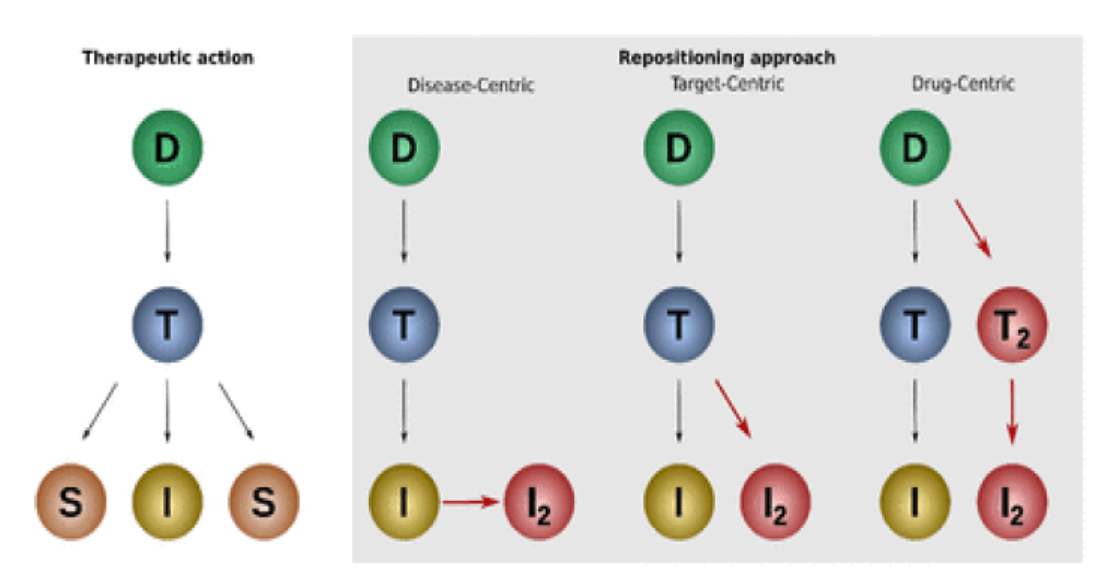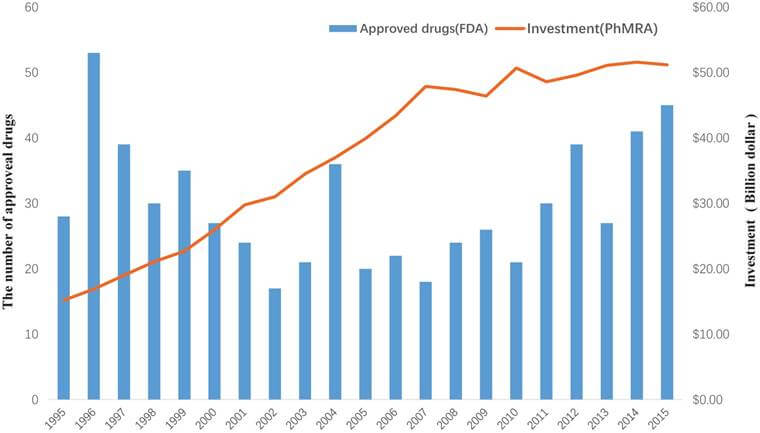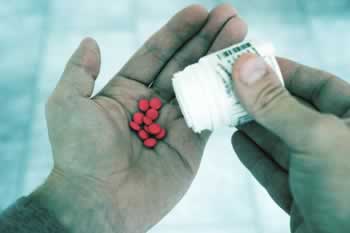
Conducting effective generic drug clinical studies is crucial for ensuring the safety and efficacy of generic medications. The FDA plays a vital role in regulating the generic drug approval process, ensuring that these medications meet the same high standards as their brand-name counterparts. Here are the key steps involved in conducting effective generic drug clinical studies:
Understanding the FDA’s Role
The FDA ensures that generic drugs are as safe and effective as their brand-name counterparts through a rigorous review and approval process. The agency requires generic drug companies to submit data demonstrating the manufacturing process, the active ingredient, and the inactive ingredients. Additionally, the company must show that the generic drug behaves the same way in patients as the brand-name product, which involves conducting studies with human volunteers who take both the brand and generic drug products.
Key Principles for Conducting Bioequivalence Trials
Bioequivalence trials are designed to compare the release, absorption, and elimination of the active ingredient from two formulations of a product (i.e., the unmarketed generic and corresponding brand-name product). These trials are essential for demonstrating the similarity between both products within pre-established, statistically defined, pharmacokinetic parameters.
Importance of Region-Specific Regulatory Requirements
Understanding differences in region-specific regulatory requirements is essential for conducting effective generic drug clinical studies. The FDA has issued draft and finalized guidances for 459 individual products, providing detailed study design considerations, including types of studies, dosage strengths, study populations, analytes to be measured, and biological fluids to be collected.
Conducting Clinical Trials
Clinical trials are a critical component of the generic drug approval process. These trials involve comparing the efficacy and safety of the generic drug with its brand-name counterpart. The FDA requires that generic drug companies conduct studies with human volunteers who take both the brand and generic drug products to validate that the generic drug is safe, effective, and can be substituted for the brand-name product.
Ensuring High-Quality Manufacturing
Generic drug manufacturers must demonstrate that their manufacturing process ensures high-quality products. This includes showing that the active ingredient is the same as the brand-name drug, that the right amount of the active ingredient goes to the place in the body where it has an effect, and that any inactive ingredients used are safe.
FDA’s Role in Review and Approval
The FDA thoroughly examines the data submitted by generic drug companies and evaluates information obtained during inspections of testing and manufacturing facilities. Once a generic drug is approved, manufacturers must report any problems and serious adverse health effects to the FDA for evaluation. The agency periodically inspects manufacturing plants and continues to monitor drug quality.
Reducing Generic Approval Times
Companies can reduce generic approval times by studying FDA guidances early in the drug development process and requesting meetings with FDA to ask questions. This helps ensure that the data submitted meets the necessary standards and reduces the likelihood of delays during the approval process.
Conclusion
Conducting effective generic drug clinical studies requires a thorough understanding of the FDA’s role in regulating the generic drug approval process. By following the key principles outlined above, generic drug manufacturers can ensure that their products meet the same high standards as their brand-name counterparts, providing patients with safe and effective alternatives to brand-name medications.
“Generic drugs are formulated to work like their brand name counterparts. A generic drug approved by the FDA must have the same active ingredients as the brand name drug, have the same strength, dosage form, route of administration, and conditions of use as its brand name counterpart, and treat the same diseases or conditions.” – FDA
References
- Parsing the Generic-Drug Approval Process. U.S. Pharmacist. 2018;43(6)(Generic Drugs suppl):10-16.
- Regulating the Generic Drug Process. Applied Clinical Trials. 2009;9(1):1-6.
- Comparative Effectiveness of Generic and Brand-Name Medication Use. NCBI. 2019;3(1):1-8.
- The Generic Drug Approval Process. FDA. 2022;1(1):1-5.
- Generic Drugs Undergo Rigorous FDA Review. FDA. 2022;1(1):1-3.



